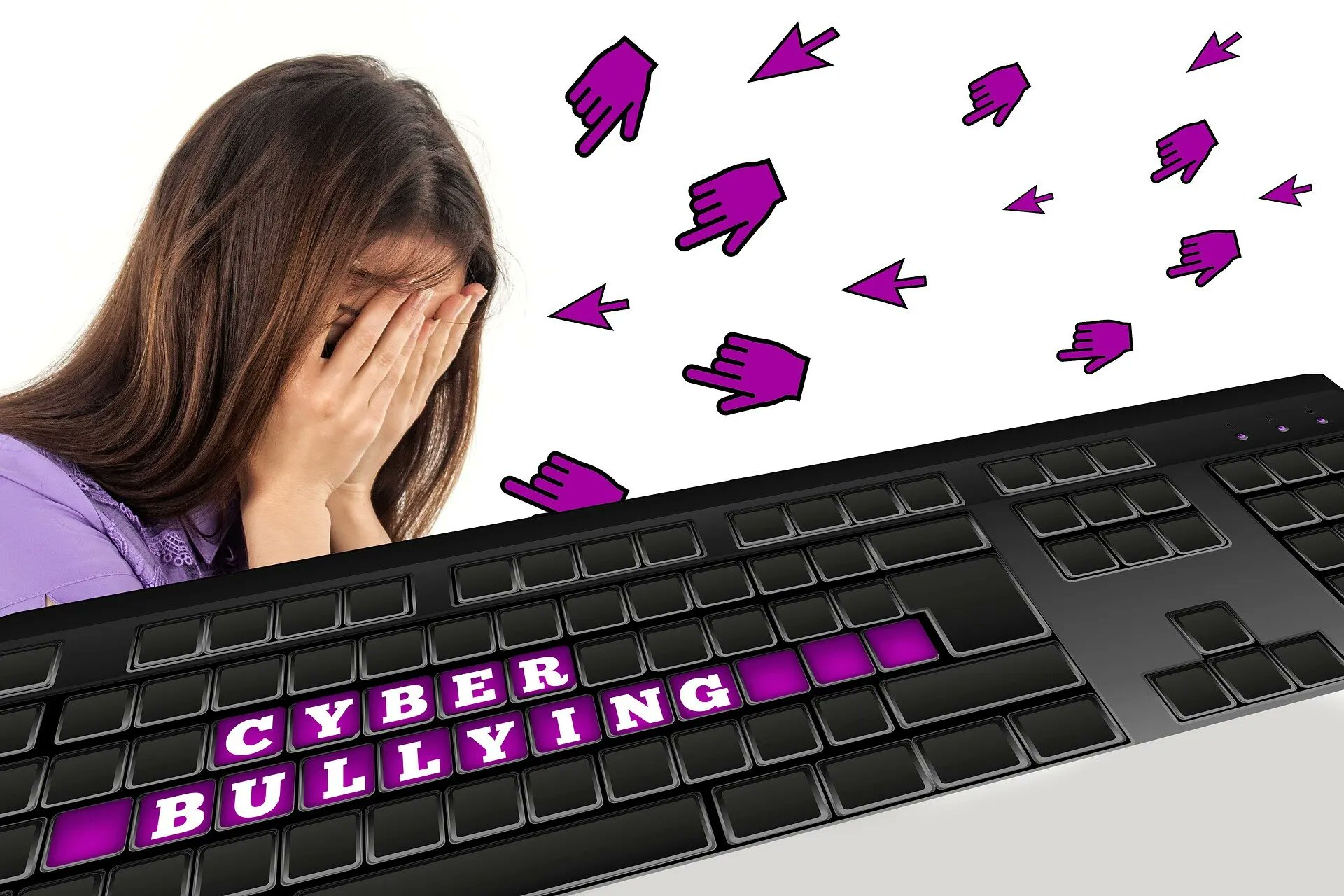|
Getting your Trinity Audio player ready...
|
Online harassment is common and associated with various risk factors and negative outcomes, reports MedicineÒ
Studies indicate that teenage cyberbullying is on the rise across the globe. Constant engagement with social media is exacerbating this condition further. A recent survey of teenagers from Romania identifies the associated risks and mitigation opportunities, thus paving the way for finding a suitable solution for this modern-age socio-digital problem.
September 11, 2023 – Teenagers fall prey to bullying while using the internet—a platform that provides safe haven to bullies—according to a questionnaire-based study published in Medicine®, a journal published in the Lippincott portfolio by Wolters Kluwer. This paper was made available online on June 23, 2023, and was published in Volume 102 Issue 25 of the journal on June 23, 2023.
“Cyberbullying represents a major concern worldwide, especially among teenagers. Moreover, it has an extremely negative psychological impact. We performed a prospective online questionnaire-based study on 316 teenagers to assess the prevalence of cyberbullying in Romania, evaluate its psychosocial consequences, and examine the factors that may predispose them to bullying,” says lead author Reka Borka Balas, MD, PhD, of the University of Medicine, Pharmacy, Sciences and Technology from Târgu Mureș, Târgu Mureș, Romania. Teenagers, in general, are extremely vulnerable to cyberbullying. Unfortunately, the associated risk factors and persistent ramifications remain more or less underexplored. This observational study effectively bridges the gap by surveying a group of teenage participants from Romania.
What does the Romanian survey reveal about teenage cyberbullying?
The study reveals an important facet of cyberbullying: that victims are mostly bullied on Facebook (~75%), Instagram (~41%), and while gaming online (~18%). “Nearly 50% of the responders stated that they had been previously bullied, with females having a higher risk of being harassed than males. More than 53% of the victims included in our study benefited from support,” Dr. Balas and coauthors report.
The survey underscores the importance of maintaining healthy and nurturing environments at home. A finding shockingly reveals that teenagers witnessing domestic violence have a more than two-fold higher risk of committing cyberbullying than teenagers hailing from healthier family backgrounds. Quite interestingly, the study authors also discovered a statistically significant association between various edible or consumable items (coffee, drugs, cigarettes, alcohol, and energy drinks) and the initiation of aggression. The data suggest that teenage boys are more likely to be involved in bullying others than teenage girls.
The study also shows that introverted individuals are less likely to get cyberbullied (8%) than their extroverted counterparts (34%). Whereas most of the surveyed teenage victims (59%) were unaware of the perpetrator’s identity, nearly 23% identified the bully as an acquaintance, 11% as a boyfriend/girlfriend, and 8% as a classmate. Moreover, the data also shows that nonvictims had fewer friends who had fallen prey to cyberbullying (22%). The study also notes that victims were more than 2,100 times likely to have friends who were also bullied.
Teenage cyberbullying: Psychosocial impacts and plausible fixes
Quite surprisingly, the study also reveals that bullying not only impacts the victims, but also the perpetrators. In fact, nearly 5% of the respondents deeply regret their involvement in the sinister activity. Moreover, the survey results also indicate that teenagers who are bullied are five times more likely to bully others than teenagers who have never fallen prey to the nefarious act. Whereas 66% of the respondents draw parallels between cyberbullying and physical violence, 23% consider cyberbullying to be less harmful than physical violence. Quite concerningly, 11% of the survey participants consider cyberbullying to be worse than physical violence.
Although more than 47% deny any impact on physical or mental wellness, a significant number of victims feel otherwise. For instance, more than 30% of the respondents report feeling upset, nearly 4% report suffering from insomnia, and almost 8% experience depression.
On the positive side, the study notes that support from home and school has been shown to drastically minimize the adverse effects of cyberbullying among teenagers. Unfortunately, such coping strategies are rarely implemented by the victims of cyberbullying.
Although continued research seems necessary to mitigate the effects of teenage cyberbullying, this study nevertheless sheds light on the pervasiveness, determining factors, and negative impacts associated with this detrimental and inhuman act.
Dr. Balas and coauthors conclude: “The impact of cyberbullying on adolescents’ emotions and well-being consists of somatic, depressive, and stress symptoms. Parents and teachers need to promote dialogue about cyberbullying, aiding adolescents to find effective ways to deal with these situations and to develop their empathy, communication, and social skills.”
Wolters Kluwer provides trusted clinical technology and evidence-based solutions that engage clinicians, patients, researchers and students in effective decision-making and outcomes across healthcare. We support clinical effectiveness, learning and research, clinical surveillance and compliance, as well as data solutions. For more information about our solutions, visit https://www.wolterskluwer.com/
Reference
Journal: Medicine
Article title: Cyberbullying in teenagers – a true burden in the era of online socialization
About Medicine
Medicine® is a fully open access journal that provides authors with the unique opportunity to continuously publish original research across a broad spectrum of clinical disciplines and sub-specialties. The journal only accepts manuscripts that are deemed scientific, technically and ethically sound, and in compliance with standard reporting guidelines. Medicine® is indexed in MEDLINE, PubMed, PubMed Central, Europe PMC, Directory of Open Access Journals, Web of Science, ISI Journal Citation Reports, Ovid®, and Scopus.
About Wolters Kluwer
Wolters Kluwer (WKL) is a global leader in professional information, software solutions, and services for the healthcare; tax and accounting; governance, risk and compliance; and legal and regulatory sectors. We help our customers make critical decisions every day by providing expert solutions that combine deep domain knowledge with specialized technology and services.
Wolters Kluwer reported 2021 annual revenues of €4.8 billion. The group serves customers in over 180 countries, maintains operations in over 40 countries, and employs approximately 20,000 people worldwide. The company is headquartered in Alphen aan den Rijn, the Netherlands.
For more information, visit www.wolterskluwer.com, follow us on LinkedIn, Twitter, Facebook, and YouTube.






